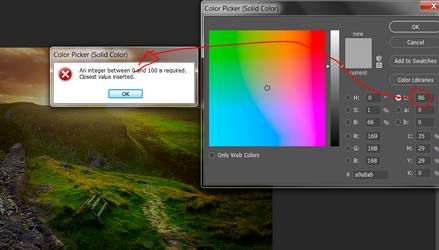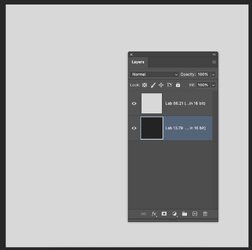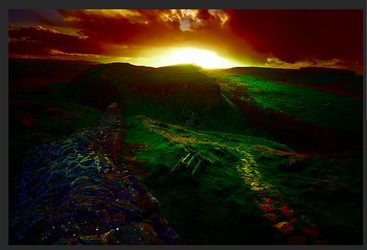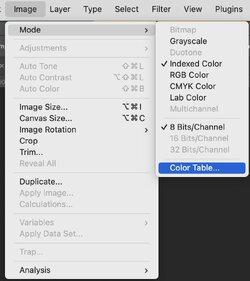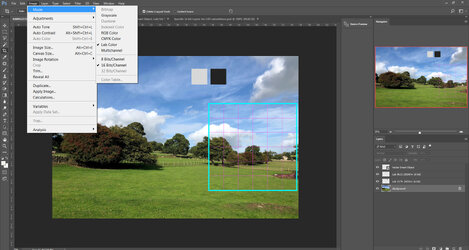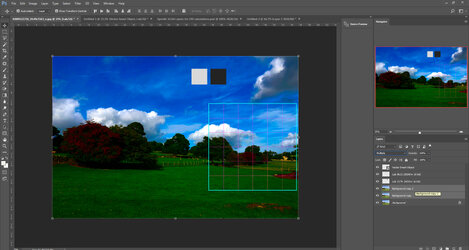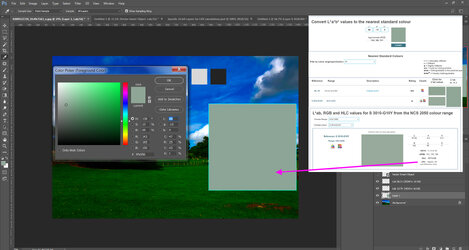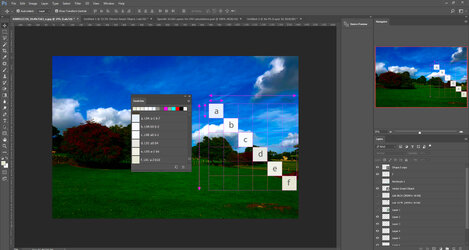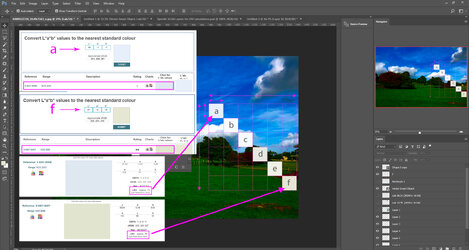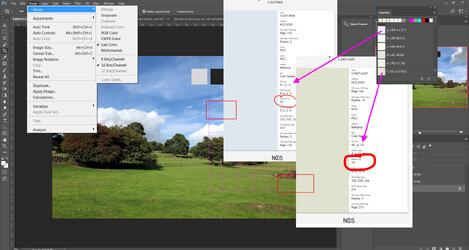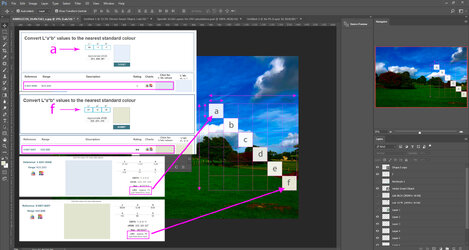Hi everyone, Homer here, surfing the web and searching for some luminosity help with Photoshop.
Im exploring alternatives to get Light Reflectance Values from a given photograph.
I always get LRV values for each colour independently (when I can layer them out from an artwork) matching them to the NCS colour fan.
From NCS, every colour has a specific LRV number, so then I calculate the especific area that colour covers within the size of the total of the artwork and then do a % calculation
to get an overall LRV value of the entire artwork.
Thats an easy thing to do with digital graphics/artworks when you can individualize each colour independently (usually no more than 6, no gradients, no shadows, etc) just plain colours.
Now Im trying to do the same with photographs where shadows, highlights, colour blends and gradients are part of any image hence almost impossible to individualize each colour and its areas.
Does anyone know how to get the same approach as the described but for photographs? I was thinking about Photoshop Histogram etc, but still I can't figure out a feasible/consistent procedure.
Any help would be much appreciated.
Regards,
Im exploring alternatives to get Light Reflectance Values from a given photograph.
I always get LRV values for each colour independently (when I can layer them out from an artwork) matching them to the NCS colour fan.
From NCS, every colour has a specific LRV number, so then I calculate the especific area that colour covers within the size of the total of the artwork and then do a % calculation
to get an overall LRV value of the entire artwork.
Thats an easy thing to do with digital graphics/artworks when you can individualize each colour independently (usually no more than 6, no gradients, no shadows, etc) just plain colours.
Now Im trying to do the same with photographs where shadows, highlights, colour blends and gradients are part of any image hence almost impossible to individualize each colour and its areas.
Does anyone know how to get the same approach as the described but for photographs? I was thinking about Photoshop Histogram etc, but still I can't figure out a feasible/consistent procedure.
Any help would be much appreciated.
Regards,

